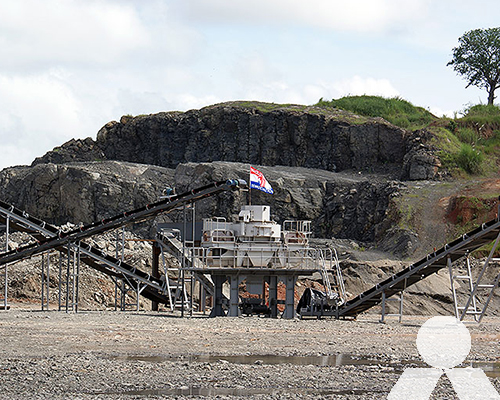Crushing and grinding of magnesite mineral
Crushing and Grinding of Magnesite
Magnesite is a mineral that is composed of magnesium carbonate. It is a common mineral found in many parts of the world. Magnesite is used in a variety of applications, including the production of magnesium metal, refractories, and fertilizers.

The first step in the processing of magnesite is to crush and grind the ore. This is done to reduce the size of the ore particles and to liberate the magnesite mineral from the other minerals in the ore.
Crushing
The crushing of magnesite ore is typically done in two stages. The first stage is primary crushing, which is done to reduce the size of the ore particles from a maximum size of 200 mm to a size of 10-25 mm. The second stage is secondary crushing, which is done to reduce the size of the ore particles from 10-25 mm to a size of 2-5 mm.
A variety of crushers can be used for the crushing of magnesite ore. Jaw crushers, gyratory crushers, and cone crushers are all commonly used.
Grinding
The grinding of magnesite ore is typically done in a ball mill. A ball mill is a rotating cylinder that is filled with steel balls. The magnesite ore is fed into the ball mill, and the steel balls grind the ore particles down to a fine powder.
The fineness of the grind is determined by the size of the steel balls and the speed of rotation of the ball mill. A finer grind is typically required for magnesite that is used in the production of magnesium metal.
The crushing and grinding of magnesite ore is an important step in the processing of magnesite. This process reduces the size of the ore particles and liberates the magnesite mineral from the other minerals in the ore. The crushed and ground magnesite ore can then be used in a variety of applications.








